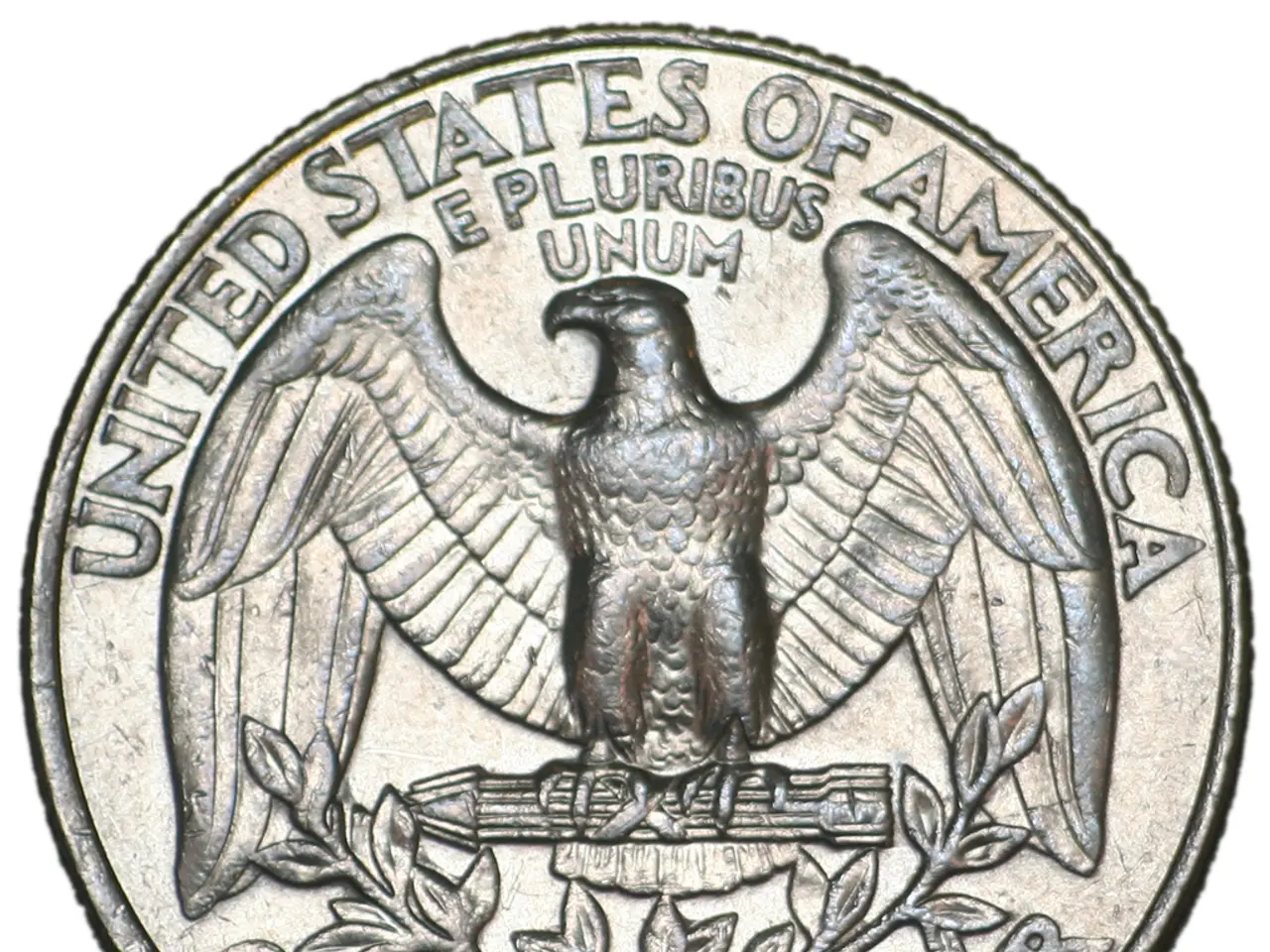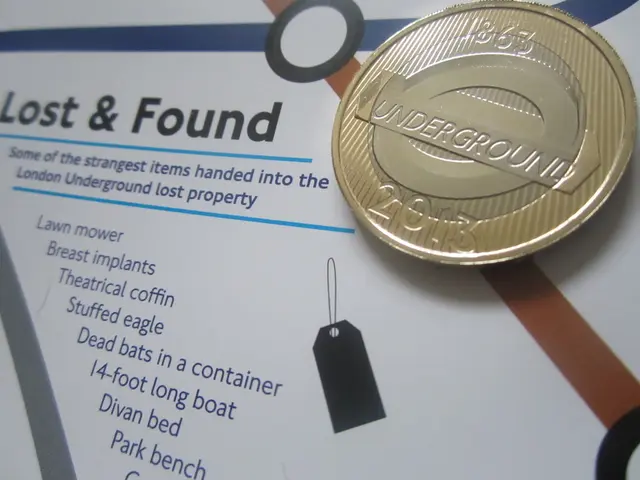India Eyes Stablecoin Revolution for Remittances
India, the world's largest recipient of remittances, could see a significant shift in its remittance landscape with the adoption of stablecoins. Finance Minister Nirmala Sitharaman recently opened dialogue about stablecoins, while CoinDCX CEO Sumit Gupta has called for their embrace. The potential lies in reducing remittance costs from 6-7% to just 1-3%.
Stablecoins, a type of cryptocurrency pegged to the value of a stable asset like the US dollar, enable near-instant cross-border settlements with minimal fees. This stands in stark contrast to traditional bank routes or remittance platforms. Gupta believes integrating stablecoins into India's fintech ecosystem could 'further leapfrog India in the digital revolution'.
Sitharaman warned countries face a 'binary choice' to engage with new forms of money or risk exclusion. Gupta echoed this, stressing the importance of adopting stablecoins for real-world use cases, such as reducing remittance costs. India, with its cautious approach, has implemented partial oversight of cryptocurrencies, including stablecoins, but comprehensive regulation remains uncertain.
With over $125 billion in remittances annually, India stands to gain significantly from stablecoin adoption. Gupta believes stablecoins could save India billions in remittance costs. While the Indian government maintains a cautious stance, the recent dialogue suggests a potential shift towards embracing stablecoins, which could dramatically change India's remittance landscape.
Read also:
- Germany's Social Workers in High Demand Despite Salary Disparities
- Minimal Essential Synthetic Intelligences Enterprise: Essential Minimum Agents
- Tesla is reportedly staying away from the solid-state battery trend, as suggested by indications from CATL and Panasonic.
- UK automaker, Jaguar Land Rover, to commit £500 million for electric vehicle manufacturing in Merseyside






